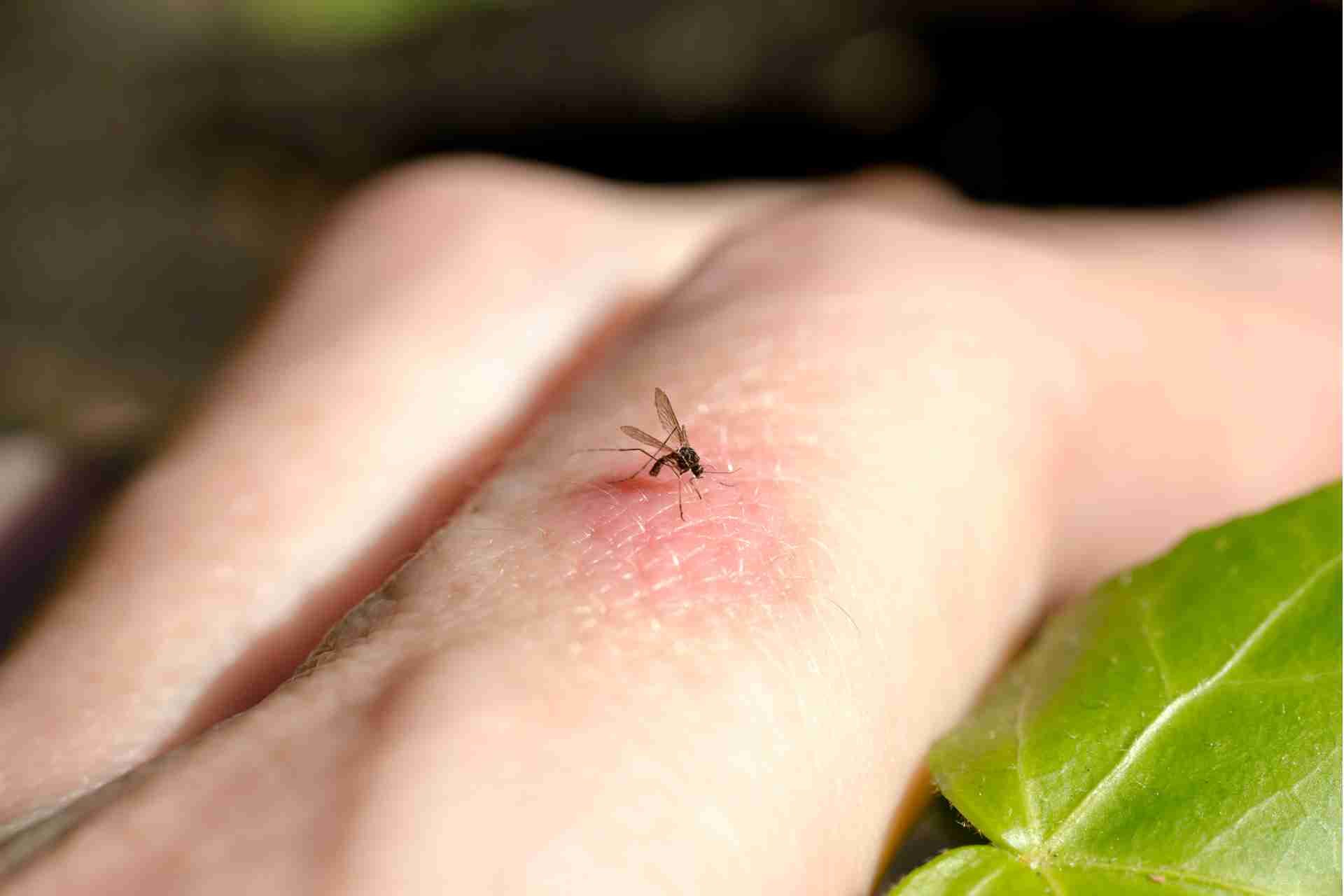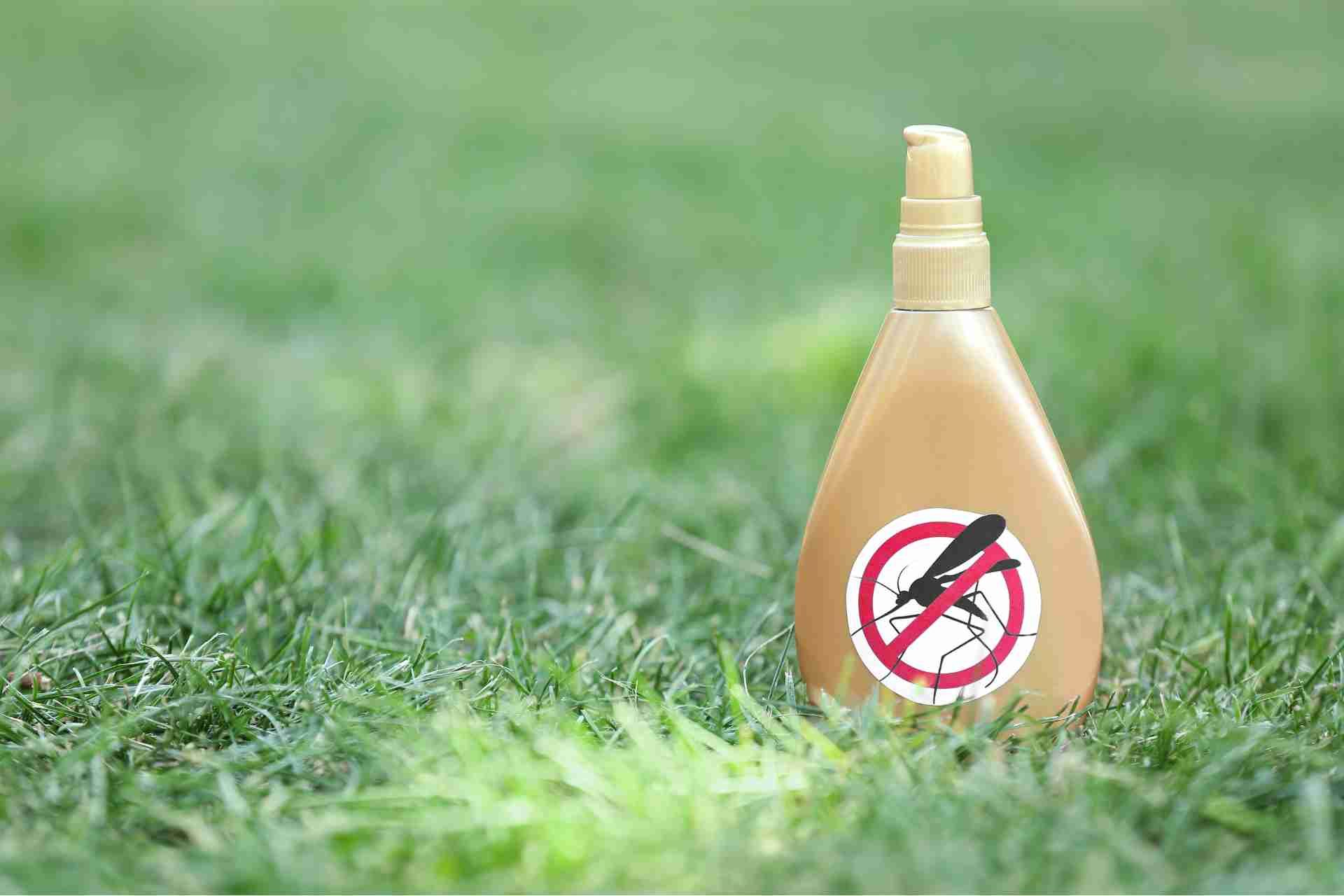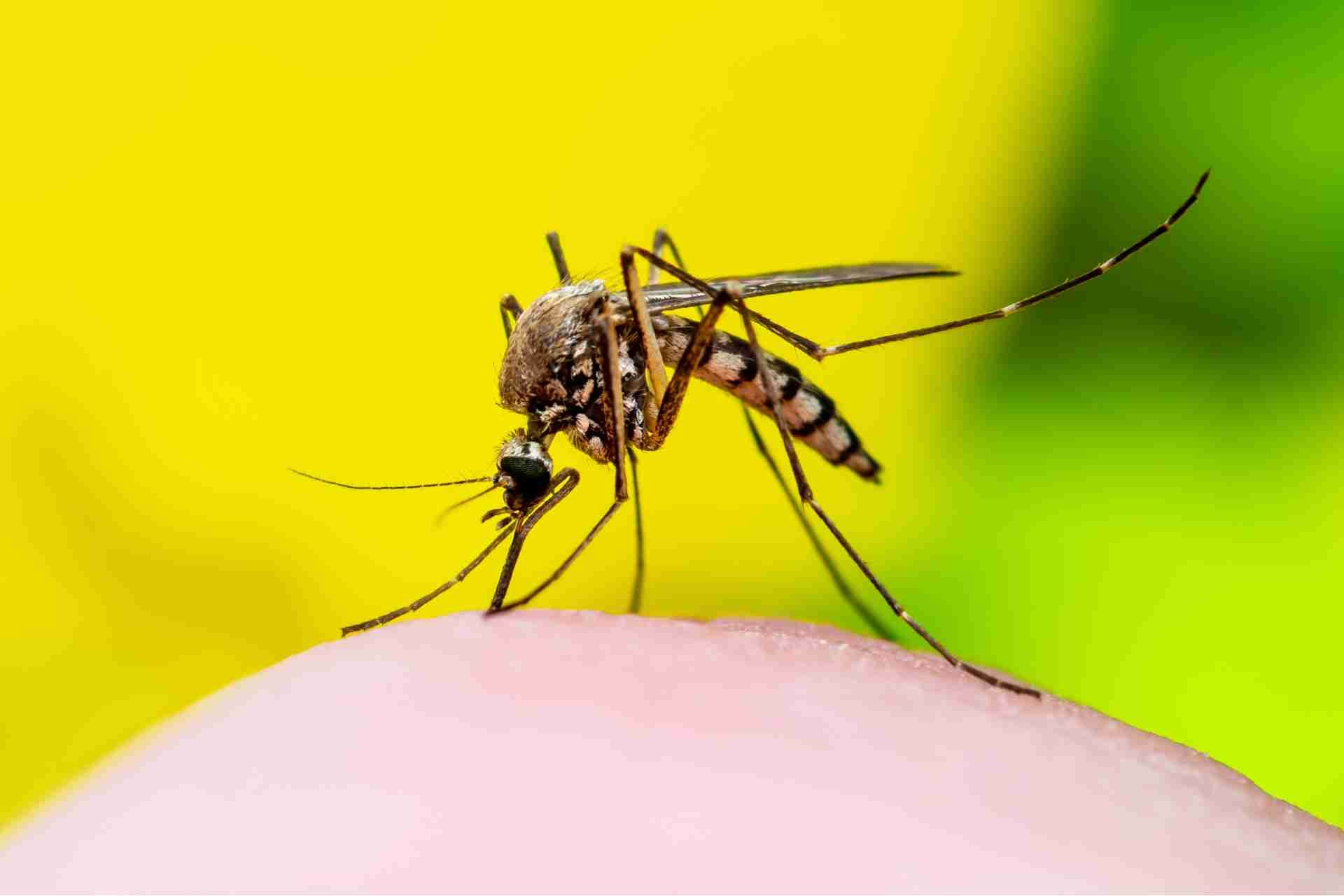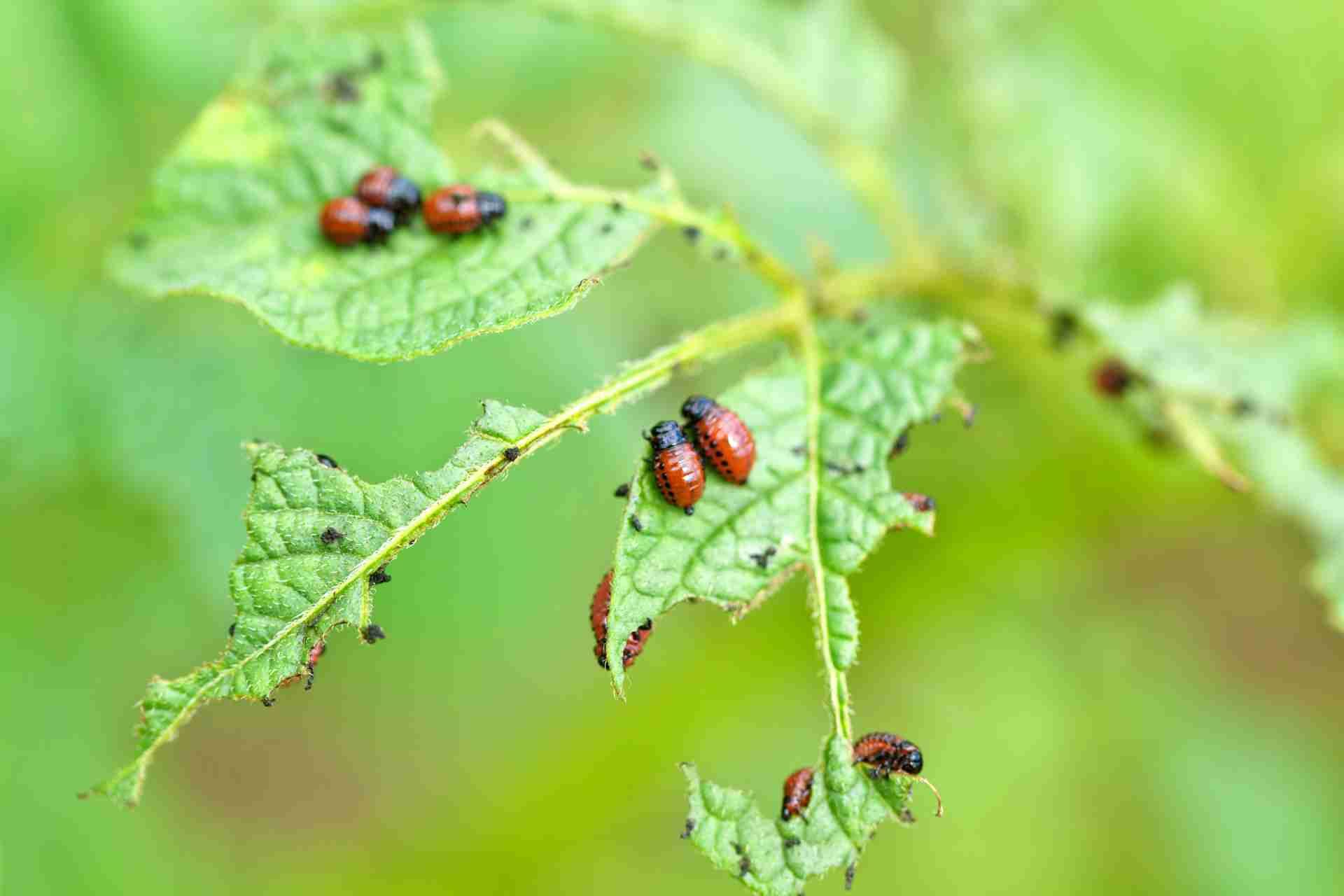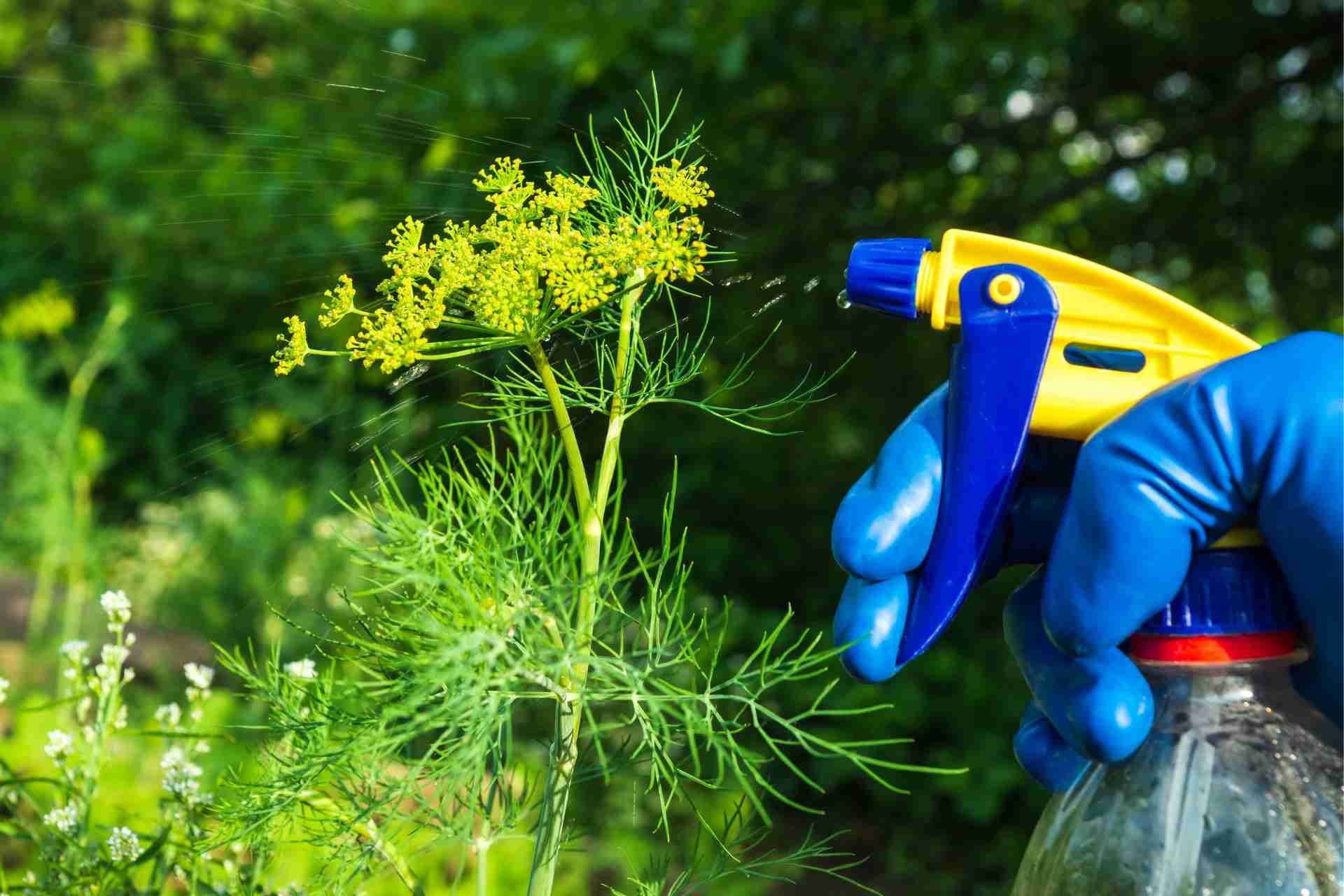The Lifecycle of a Termite and Why Timing Your Treatment Matters
Understanding the lifecycle of a termite is essential for effective pest management. When you know how and when termites develop—from eggs to nymphs to workers and soldiers—you can time your treatments for maximum impact. Ignoring these stages could mean missing the chance to prevent an infestation. So, what are the critical moments in this lifecycle that you need to watch for?
Understanding Termite Eggs and Nymphs
When it comes to understanding termite eggs and nymphs, you'll find that these tiny stages play a crucial role in the colony's lifecycle.
Termite eggs are small, oval-shaped, and typically white, often laid in clusters by the queen. Within a week or two, these eggs hatch into nymphs, which are immature termites that resemble adults but lack fully developed wings.
Nymphs are essential for the colony's growth, as they'll eventually mature into workers, soldiers, or even reproductive termites. You'll notice that the nymphs undergo several molts, gradually transitioning into their adult forms.
Understanding these early life stages helps you appreciate how quickly a termite colony can expand, highlighting the importance of timely pest control measures to prevent infestations in your home.
The Role of Worker Termites
Worker termites are the backbone of a termite colony, performing a variety of vital tasks that ensure its survival and growth.
They're responsible for foraging food, primarily wood and plant material, which they bring back to the colony. You'll often see them tirelessly chewing through timber, breaking it down into digestible particles.
Additionally, they maintain the nest, repairing damage and keeping it clean. Worker termites also care for the nymphs and the queen, ensuring that the colony thrives.
By communicating through pheromones, they coordinate activities and alert others to threats or food sources.
Without these diligent workers, the colony couldn't function, making them essential to the overall health and longevity of termite societies.
The Importance of Soldier Termites
While worker termites handle the day-to-day operations of the colony, soldier termites play a critical role in its defense. These specialized termites are equipped with strong mandibles, allowing them to protect the colony from predators like ants and other threats.
Their presence deters intruders, ensuring that the workers can focus on foraging and maintaining the nest. When danger approaches, soldier termites quickly mobilize, forming a protective barrier around the queen and larvae.
They communicate through pheromones, alerting their fellow soldiers to potential dangers. By safeguarding the colony, soldier termites contribute to its overall survival and success.
Understanding their importance helps you appreciate the complex dynamics within a termite colony and highlights the need for timely pest control measures when infestations occur.
The Emergence of Reproductive Termites
As the colony matures, reproductive termites, also known as alates, begin to emerge, signaling a crucial phase in their lifecycle.
You'll notice these winged termites during warm, humid conditions, often swarming in large numbers. This behavior is vital for their reproduction, as it allows them to disperse and establish new colonies.
When you observe these alates, it's a clear indication that the colony is thriving and capable of expansion. They'll mate shortly after swarming, and the fertilized females will search for suitable nesting sites.
If you're dealing with a termite infestation, recognizing this stage is essential for effective treatment. Timing your intervention can prevent the establishment of new colonies and protect your property from further damage.
Factors Influencing Termite Lifecycle
Several key factors influence the lifecycle of termites, shaping their development and behavior throughout their existence.
Temperature plays a crucial role; warmer climates accelerate growth and reproduction rates. Humidity levels also matter, as termites thrive in moist environments that support their survival and nesting.
The availability of food sources, like wood and cellulose materials, directly impacts their health and population dynamics. Social structure within the colony affects roles, with factors like age and caste determining how termites interact and develop.
Additionally, seasonal changes trigger reproductive cycles, leading to swarming events that establish new colonies.
Effective Treatment Strategies at Each Stage
Understanding effective treatment strategies for termites at each stage of their lifecycle is crucial for successful management.
During the egg stage, applying targeted insecticides can help prevent hatching.
Once larvae emerge, consider using bait systems that attract and kill them.
For nymphs, a combination of liquid treatments and bait can disrupt their growth and prevent maturation into adults.
When dealing with adults, focus on direct insecticides or fumigation, especially in heavily infested areas.
Lastly, don't forget to implement preventative measures like moisture control and physical barriers to deter future infestations.
Conclusion
In summary, understanding the termite lifecycle is essential for effective pest management. By recognizing the stages—from eggs and nymphs to workers, soldiers, and reproductive termites—you can time your treatments for maximum impact. Targeting interventions during the nymph stage or swarming events can significantly reduce the risk of infestations. Stay proactive and align your strategies with these critical phases to protect your home and keep termites at bay. Your timely actions can make all the difference!


